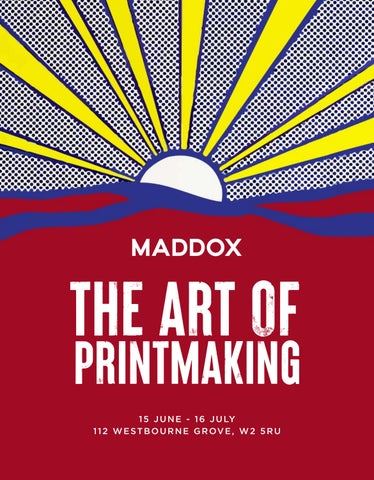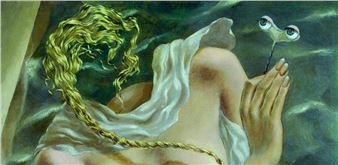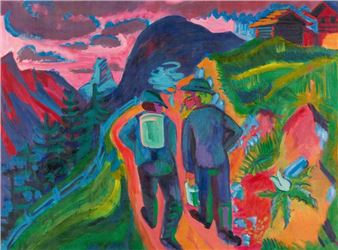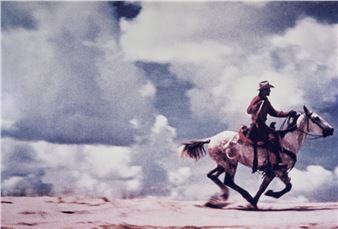The Art of Printmaking
Maddox Gallery is delighted to present The Art of Printmaking, a dynamic exhibition showcasing the different print techniques used by leading artists from the 20th and 21st centuries. Running from mid-June to mid-July, the exhibition maps the medium鈥檚 era-defining moments, including Andy Warhol鈥檚 famed silk-screen prints, Russell Young鈥檚 large-scale diamond-dusted prints, David Yarrow鈥檚 photographic archival pigment prints and Banksy鈥檚 world-renowned screen prints.
Printmaking was pioneered by Andy Warhol, who popularised it as a medium for creating art in the 1960s. Screen printing quickly became a key element in the practice of many creatives during the 20th century, enabling artists to replicate a single image multiple times and experiment with innovative new ways of transferring images. Decades later, Banksy began printmaking because it allowed him to create his art quicker, making it more accessible to the public.
As the art market has evolved, the prints and multiples sector has grown exponentially, driven by its stability and availability. Original prints that would otherwise be out of reach by established names, living and dead, open the door to budding collectors who are eager to get on the art market ladder. Moreover, prints and works on paper translate well on-screen, with their two-dimensionality lending itself well to art鈥檚 ever-more-online presence.
From Pop to Street Art, the history of printmaking is not only a timeline of an artist鈥檚 work, but also a record of technological change and innovation within the art world. Printmaking allowed, and continues to allow artists to push themselves further, putting their stamp on art history with their ever-changing and evolving bodies of work.

Recommended for you
Maddox Gallery is delighted to present The Art of Printmaking, a dynamic exhibition showcasing the different print techniques used by leading artists from the 20th and 21st centuries. Running from mid-June to mid-July, the exhibition maps the medium鈥檚 era-defining moments, including Andy Warhol鈥檚 famed silk-screen prints, Russell Young鈥檚 large-scale diamond-dusted prints, David Yarrow鈥檚 photographic archival pigment prints and Banksy鈥檚 world-renowned screen prints.
Printmaking was pioneered by Andy Warhol, who popularised it as a medium for creating art in the 1960s. Screen printing quickly became a key element in the practice of many creatives during the 20th century, enabling artists to replicate a single image multiple times and experiment with innovative new ways of transferring images. Decades later, Banksy began printmaking because it allowed him to create his art quicker, making it more accessible to the public.
As the art market has evolved, the prints and multiples sector has grown exponentially, driven by its stability and availability. Original prints that would otherwise be out of reach by established names, living and dead, open the door to budding collectors who are eager to get on the art market ladder. Moreover, prints and works on paper translate well on-screen, with their two-dimensionality lending itself well to art鈥檚 ever-more-online presence.
From Pop to Street Art, the history of printmaking is not only a timeline of an artist鈥檚 work, but also a record of technological change and innovation within the art world. Printmaking allowed, and continues to allow artists to push themselves further, putting their stamp on art history with their ever-changing and evolving bodies of work.

 ARTISTS
ARTISTS













